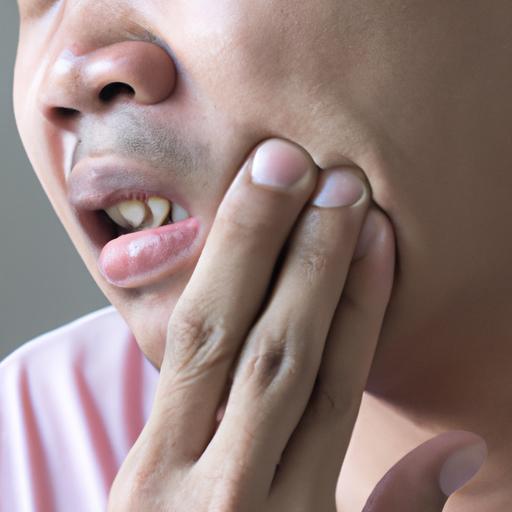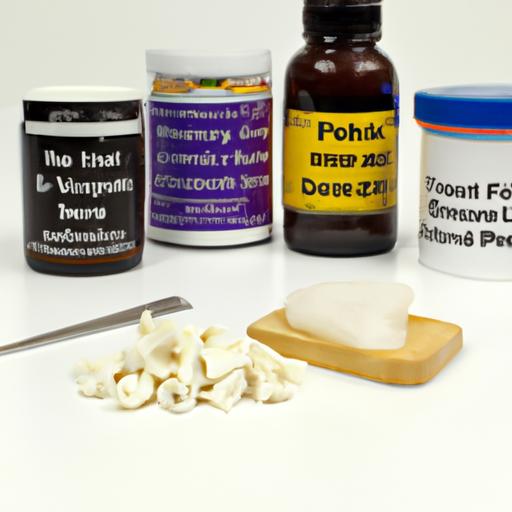Experiencing wisdom tooth extraction pain after 1 month? Learn about what to expect, how to manage it, and when to seek professional advice in this comprehensive guide.
Introduction
Are you experiencing wisdom tooth extraction pain even after a month? Don’t worry; you’re not alone. Wisdom tooth extraction is a common dental procedure, but the recovery period can vary for individuals. In this article, we will delve into the topic of wisdom tooth extraction pain after one month, discussing what to expect, how to manage the discomfort, and when to seek professional advice.

Experiencing wisdom tooth extraction pain can be uncomfortable and distressing.
Wisdom Tooth Extraction Pain: What to Expect
Immediate Post-Extraction Pain
After undergoing wisdom tooth extraction, it’s normal to experience some pain and discomfort. The immediate post-extraction period is often accompanied by soreness and swelling in the affected area. This can be managed with prescribed pain medications, which your dentist will provide based on your specific needs.
Nerve Sensitivity and Discomfort
During the healing process, it’s common for the nerves in the surrounding area to become sensitive, leading to ongoing pain or discomfort. This sensitivity can be triggered by various factors such as hot or cold food and drinks, spicy foods, or even air exposure. However, this sensitivity usually subsides gradually as the tissues heal.
Swelling and Inflammation
Swelling and inflammation are typical side effects of wisdom tooth extraction. While these symptoms are more pronounced in the initial days, it’s not unusual for some swelling to persist after a month. Applying ice packs to the affected area during the first 24 hours can help reduce swelling. Additionally, rinsing your mouth with warm saltwater can provide relief and aid in reducing inflammation.
Healing Process and Expected Duration
The healing process differs for everyone, but on average, it takes around two weeks for the extraction site to close up completely. However, some individuals may experience lingering pain or discomfort beyond this timeframe. Factors such as the complexity of the extraction, individual pain tolerance, and overall oral health can influence the duration of the healing process.

There are various methods for managing wisdom tooth extraction pain, including pain relief medications and natural remedies.
Managing Wisdom Tooth Extraction Pain
Pain Medications and Prescriptions
To alleviate wisdom tooth extraction pain, your dentist may prescribe pain medications such as nonsteroidal anti-inflammatory drugs (NSAIDs) or recommend over-the-counter pain relievers. These medications can help reduce pain and inflammation. Remember to follow the prescribed dosage and consult your dentist if the pain persists or worsens.
Home Remedies and Natural Pain Relief
In addition to pain medications, several home remedies can provide relief from wisdom tooth extraction pain. Applying a cold compress to the affected area can help reduce swelling and numb the pain. Rinsing your mouth with warm saltwater multiple times a day can promote healing and alleviate discomfort. Additionally, maintaining good oral hygiene by gently brushing and flossing can prevent bacterial infections and aid in the healing process.
Oral Care and Hygiene Practices
Proper oral care and hygiene are crucial during the recovery period. Avoid consuming hard or crunchy foods that may irritate the extraction site. Stick to a soft diet, including foods like mashed potatoes, yogurt, and smoothies, until you are fully healed. It’s also essential to avoid smoking and using straws, as the suction created can dislodge blood clots and delay healing. Follow your dentist’s instructions regarding brushing, flossing, and rinsing to maintain oral hygiene without disrupting the healing process.
Follow-up Visits and Consultations
Regular follow-up visits with your dentist are important to monitor the healing progress and address any concerns you may have. If you are experiencing wisdom tooth extraction pain after one month, it’s advisable to schedule a consultation. Your dentist will examine the extraction site and determine if there are any underlying issues, such as infection or dry socket, which may require additional treatment.
Wisdom Tooth Extraction Pain After 1 Month: When to Worry
Normal Healing Timeline
While some discomfort or mild pain after one month is considered normal, it’s essential to understand the expected healing timeline. If you are unsure whether your pain is within the normal range, consulting your dentist can provide reassurance and peace of mind.
Persistent or Increasing Pain
If your wisdom tooth extraction pain continues to persist or worsen after a month, it may be a cause for concern. This could indicate an infection, nerve damage, or another complication. It’s crucial not to ignore prolonged or severe pain and seek professional advice promptly.
Signs of Infection or Complications
Certain symptoms may indicate an infection or complication after wisdom tooth extraction. If you experience severe pain, swelling, redness, pus discharge, or an unpleasant taste or odor in your mouth, it’s important to consult your dentist immediately. These signs could be indicative of an infection that requires prompt treatment.
Seeking Professional Advice
Remember, every individual’s healing process is unique. If you are experiencing wisdom tooth extraction pain after one month and are concerned about your symptoms, it’s always best to consult a dental professional. They will be able to assess your situation accurately and provide appropriate guidance and treatment.
In conclusion, wisdom tooth extraction pain after one month is not unheard of, but it’s important to differentiate between normal discomfort and potential complications. By managing pain with prescribed medications, utilizing home remedies, practicing good oral hygiene, and seeking professional advice when necessary, you can navigate the recovery period with confidence. Remember, your dentist is your best resource for personalized guidance and care.
*[NSAIDs]: Nonsteroidal Anti-Inflammatory Drugs








